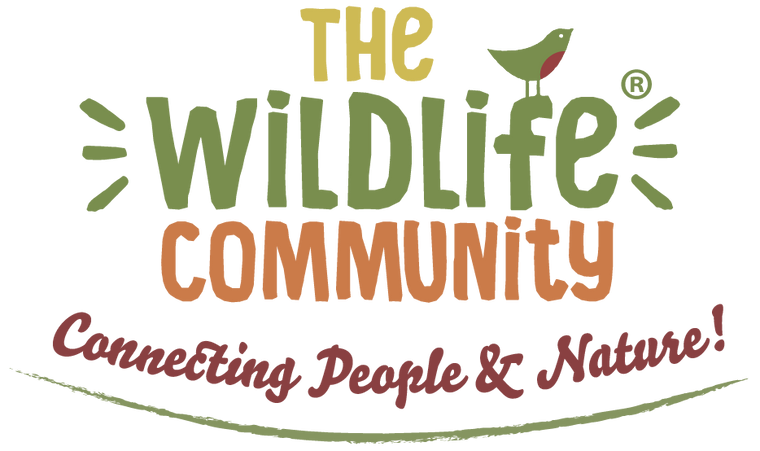
State of Nature 2023
The felling of an iconic tree and a stark report letting us know how nature is crumbling at our hands. It’s safe to say that for nature lovers around the country, the events of last week certainly felt turbulent.
So what is the State of Nature report?
It’s a report that is compiled using data from over 60 conservation organisations. Think of it as a health survey. 10,008 species were assessed, including birds, mammals, insects and plants, to see how they are fairing in 2023.
What did the report reveal?
The overall message wasn’t great. Of the 10,008 species assessed, 16% are at immediate risk of extinction. The UK has been declared as one of the most nature depleted countries in the world. Pollinator species are declining at an alarming rate and the impact of human activity on the landscape is leading to a reduction in everything from flowering plant species to seabird populations.
Is it all bad?
Thankfully, no. Whilst parts of the report of upsetting, it also revealed some positive activity across the UK. Grey seals were found to be recovering from historic hunting pressures, Natterjack toad populations are increasing due to successful conservation projects and many woodland restoration projects are helping species who depend on woodland habitats.

Alongside the State of Nature report last week, the news also came in that the iconic Sycamore Gap tree which stood out on the landscape at Hadrian’s wall, was aimlessly felled in an act of eco vandalism. The news caused an outpouring of emotion from the public across social media. It’s safe to say that the deliberate destruction of a natural landmark really cemented the general thoughts that we really have lost our way and a lot of anger towards the individual, or individuals, responsible for this act. The Sycamore triggered huge waves of anger amongst a wide range of people from conversationists to hikers who had snapped selfies by the tree. But for us at The Wildlife Community, it made us consider why there was so much anger from the general public about one tree, and very little in comparison from the general public about the State of Nature report. The tree was mentioned in community Facebook groups, across social media platforms, with people talking about how sad it made them, but we didn’t see many people posting how devastated they were that 18% of our pollinators are disappearing. Is this because people were simply jumping on the bandwagon? Or was it because it was a well-known landmark that held a lot of memories across the UK public? Either way, it highlighted the lack of interest in the pressing matter of the week which was of course the State of Nature report.
The report told us some shocking truths about our behaviour and the negative impact we are having on the environment. Whether it is a single tree, or an entire species, we want to see the same level of anger and passion from the general public directed at the people who have the power and the responsibility to make changes at national levels.
We want to ride the wave of energy that lingers after the revelations of the report, and use that to empower our community to act now. As individuals we have the ability to make small changes that will have a huge impact on our local spaces. And whilst it is up to the people in charge to see these changes through at a higher level, we can do what we can to change the future for the many species we share our green spaces with. We are asking you to come together as individuals to move as one towards a positive future for our planet. It’s the only chance we have.



